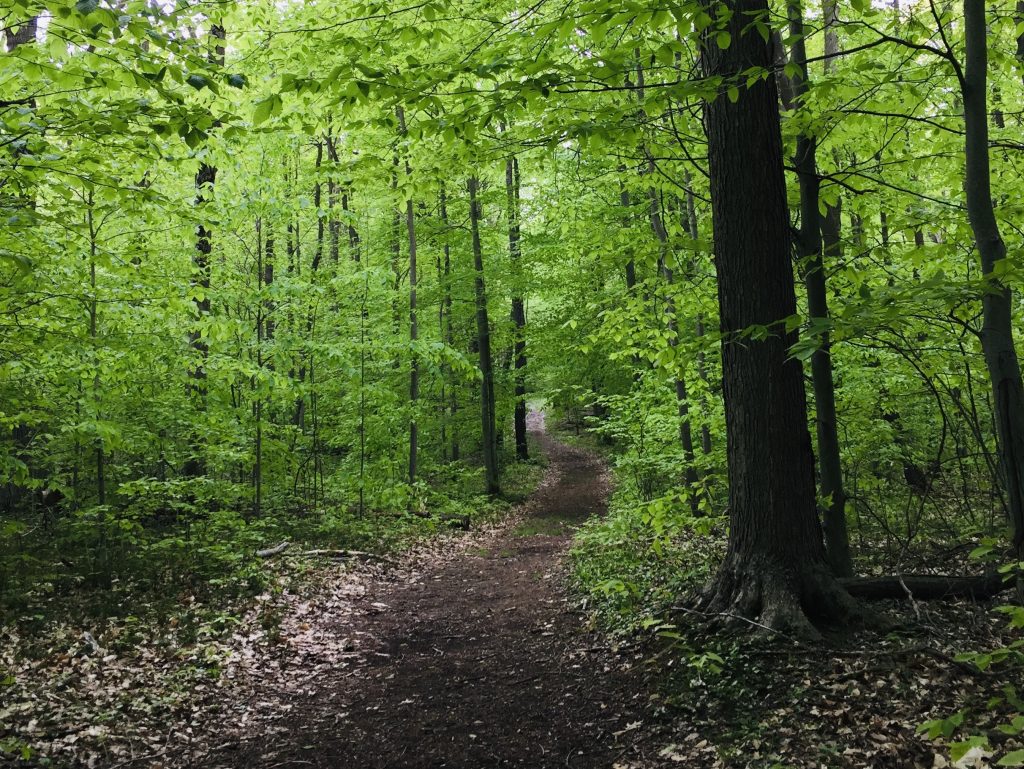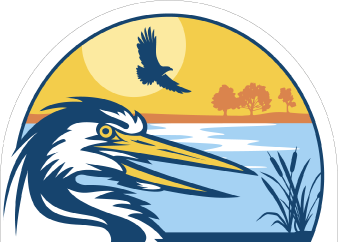
Photo by Karin Johnson
Come forth into the light of things. Let Nature be your teacher.
William Wordsworth
We live in unusual times; times when everything seems uncertain …health, jobs, education, politics, relationships, the future…all uncertain. We need a refuge. One definition of a refuge is a shelter from danger and distress. It is a place where we can find peace, comfort and solitude. We have that shelter in the Iroquois National Wildlife Refuge. Though established as a refuge for wildlife, particularly migrating birds, it can be a refuge for us too. But in a different way.
Click here to become a member!
Click here to donate!
Over the years, I have walked the trails at Iroquois to sink into Nature’s beauty, to realize my connection to all of life and breathe in the beauty all around me. The air is fresh, noise recedes, and the silence truly is golden. I listen for bird talk…, the chitter-chatter of swallows, the call of the redwing blackbird, the honking of geese. I look at wildflowers, seeing the glaze on buttercups, the curled yellow petals of trout lilies, the deep purple of tiny violets. The stresses of life recede in the wonder and beauty that surrounds me.
On one guided walk, my curiosity was aroused by the varieties and brilliant colors of fungi. Later in a book called The Hidden Life of Trees by Peter Wohlleben, I learned that underground, the cottony threads of fungi called mycelium, form a “woodwide web” connecting the roots of trees, enabling them to share nutrients with each other and even communicate the danger of an impending insect attack. Fungi also perform “medical services” for trees. They filter pollutants from the soil that are harmful to trees. In return, the trees provide the fungi with sugar and carbohydrates which they need to survive. It’s a partnership. They need each other. Nature can teach us the benefits of sharing and caring for one another.
Many families have been “working from home”, with children “learning from home”. Lots of technology with virtual learning, connecting through FaceTime, Zoom, telephone conferences … Parents need a break, and kids need time away from screens. It’s a good time to explore Nature and nurture curiosity. So go to the refuge. The Cayuga Overlook and the Feeder Road Trail are open for peaceful wandering on warm humid days. But, if the humidity is low and a nice cool breeze is blowing, try the woodsy trails like the Kanyoo, the Onondaga or the Swallow Hollow. (Bug spray is a good idea in summer.)
John Muir, the naturalist who promoted the founding of national parks, has this to say:
Here is calm so deep, grasses cease waving … wonderful how completely everything in wild nature fits into us, as if truly part and parent of us. The sun shines not on us, but in us. The rivers flow not on us, but in us. The rivers flow not past, but through us, thrilling, tingling, vibrating every fiber and cell of the substance of our bodies, making them glide and sing.
John Muir
John Muir took to the mountains and wilderness when stressed by the demands of civilization. Try making Iroquois National Wildlife Refuge your respite, and let your curiosity and wonder go wild. Spend time in silence, seeing everything around you. Let the calm and peace sink in. You will be renewed!


